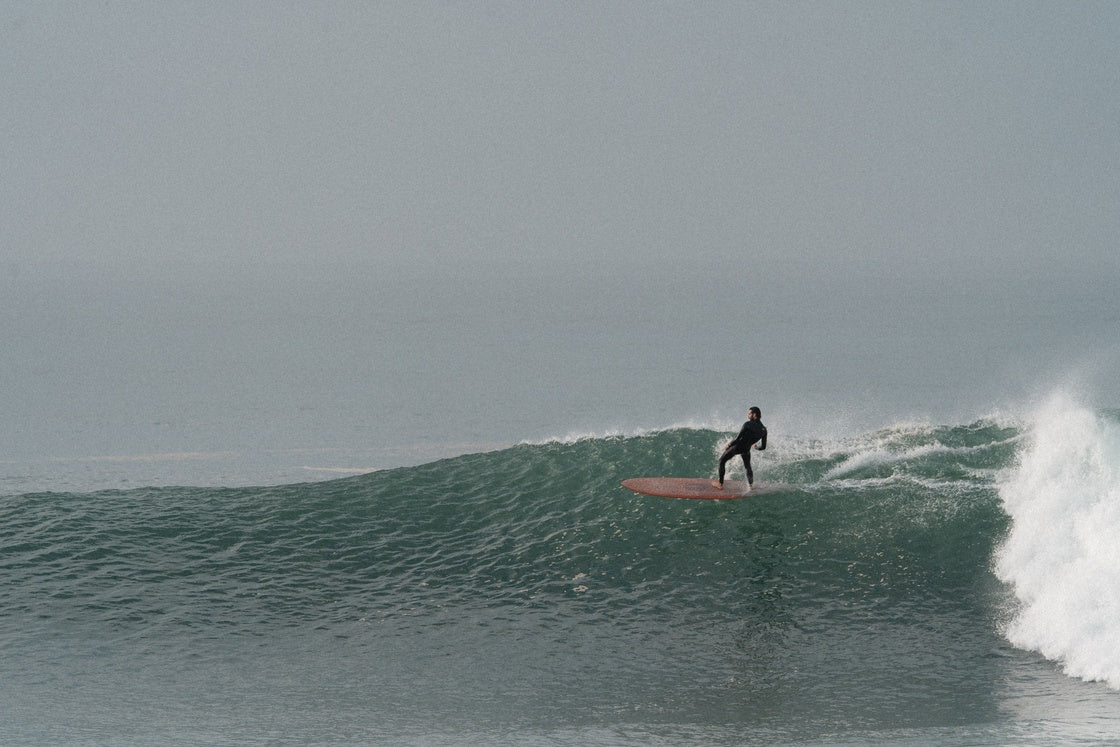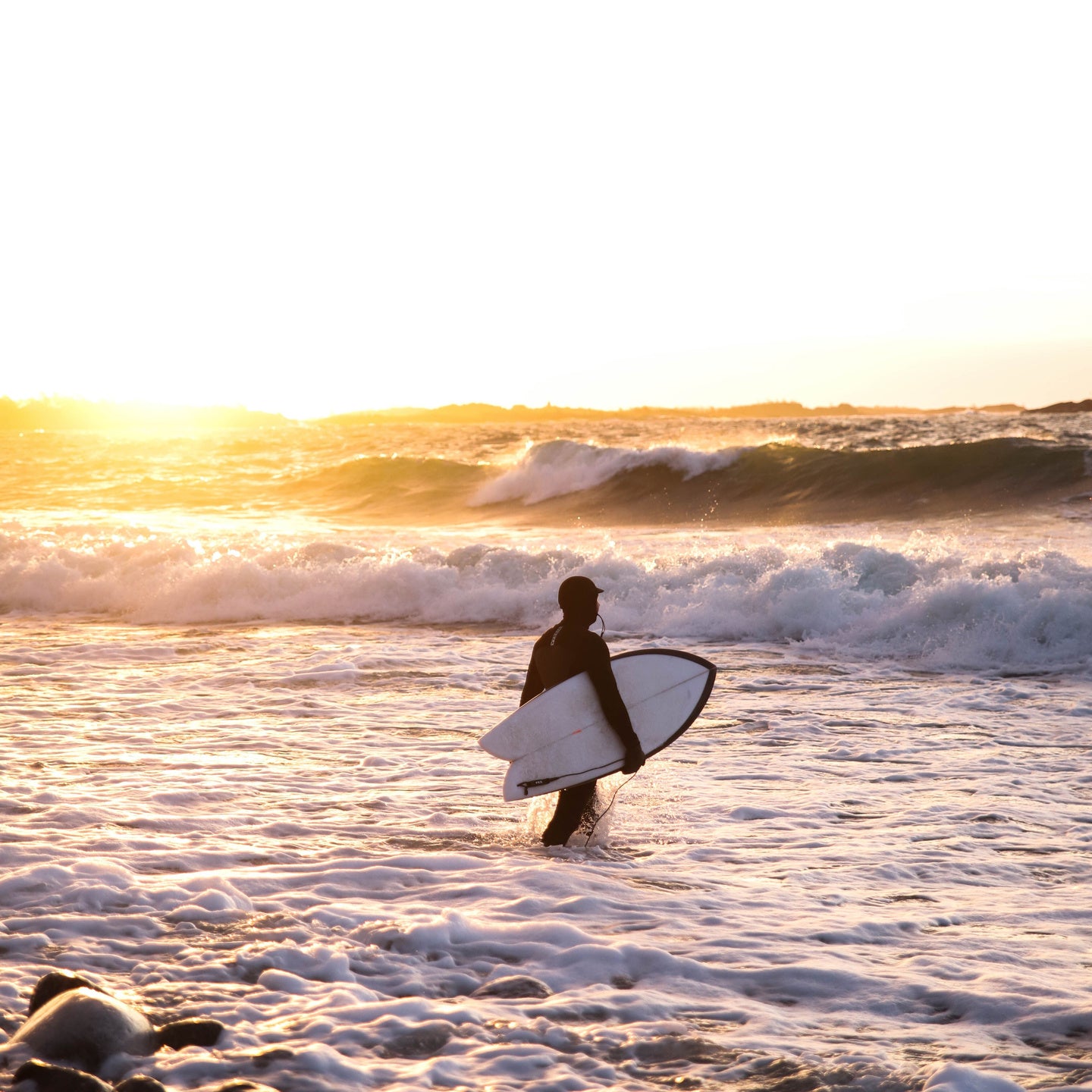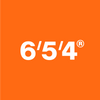Board Science 6/5/4
Struggling to choose a board? That's completely understandable, and we get it. Finding the board that's right for you is not easy. There is a plethora of different models, shapes, volumes, weights, and colors out there, and navigating through all the specific terms and slang doesn't make the decision any easier. It's like standing in front of the candy aisle at the grocery store and you can only pick one. They're all probably good, but which one will meet your needs? Not to mention, each candy, each board, entices you with its colors and shapes, but its ingredient list and product description don't tell you anything either.
We know exactly how complicated it can be, especially at the beginning of a surfing journey, so we put together this guide. A brief overview of some of the most common surfboard models to provide you with the basic knowledge you need. What characteristics does a shortboard possess? What does it mean when people talk about a fish, and what is the real difference between a midlength and a minimal? All of this and much more will finally be answered here. Welcome to Board Knowledge 654.

Longboard
The name pretty much says it all, but it's never wrong to be overly clear. A longboard is simply a long surfboard. Anything over 9 feet (approximately 2.7 meters) is considered a longboard. The longboard is the closest relative to the earliest surfboards and is the modern equivalent to the long planks that Hawaiians used to surf on back in the day. It is also the resemblance to the old logs people used to surf on in the past that has given certain types of longboards the nickname "log".
A longboard is a surfboard with a longer and wider design that provides stability and a smooth ride. These boards are designed to prioritize control and glide over speed and maneuverability. Longboards are ideal for beginners or surfers who want a relaxed and enjoyable experience on the water. These boards can be used in anything from small to large waves, but they are best suited for smaller to medium-sized waves.

Fish
Unlike the longboard and shortboard, the term "fish" may not be as obvious at first, but upon closer inspection, the term becomes clear. The board's tail is split in the middle and resembles the tail fin of a fish, often referred to as a "swallowtail," which provides the board with two points of grip instead of one. The split tail provides extra surface area for water to flow through, resulting in increased stability and control when riding smaller and softer waves. This design also aids the surfer in making sharp turns with the board without sacrificing speed and balance.
With its wider, shorter, and rounded design, a fish is perfect for smaller waves. It is a versatile board that suits surfers of all levels and performs best on waves up to 6 feet. A fish differs from a regular shortboard in its wider and rounder design, providing a larger surface area to catch waves. The fish design emerged in the 1970s with the development of the twin fin system, which was highly popular at that time. Today, fish boards are available with both quad and twin fin systems.
Soft Top / Foamie
The beginner's best friend and the top choice for surf schools. A board that is hard on the bottom and soft on top and can withstand a lot of abuse. Usually larger in size, on par with midlengths or longboards, but recently, small soft tops have emerged as a trend for surfers who want to surf freely without worrying too much about damaging the board in case of accidents. The high volume and wide surface make the board float easily and paddle quickly, making it ideal for beginners looking to catch their first wave.







































